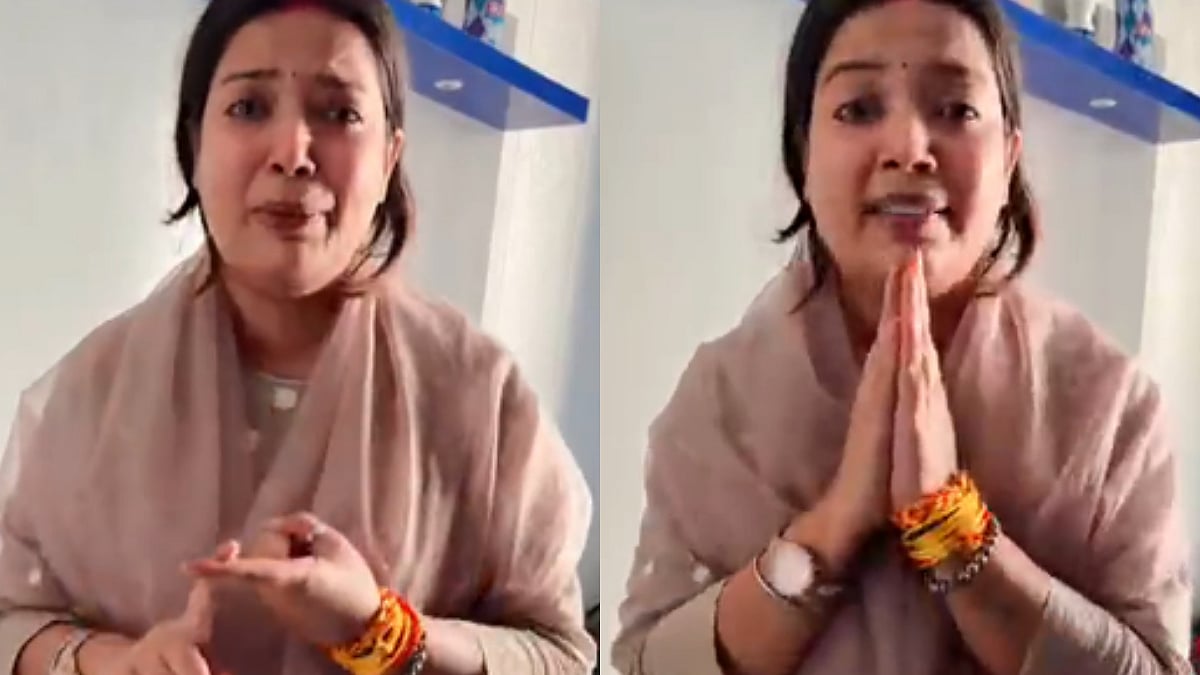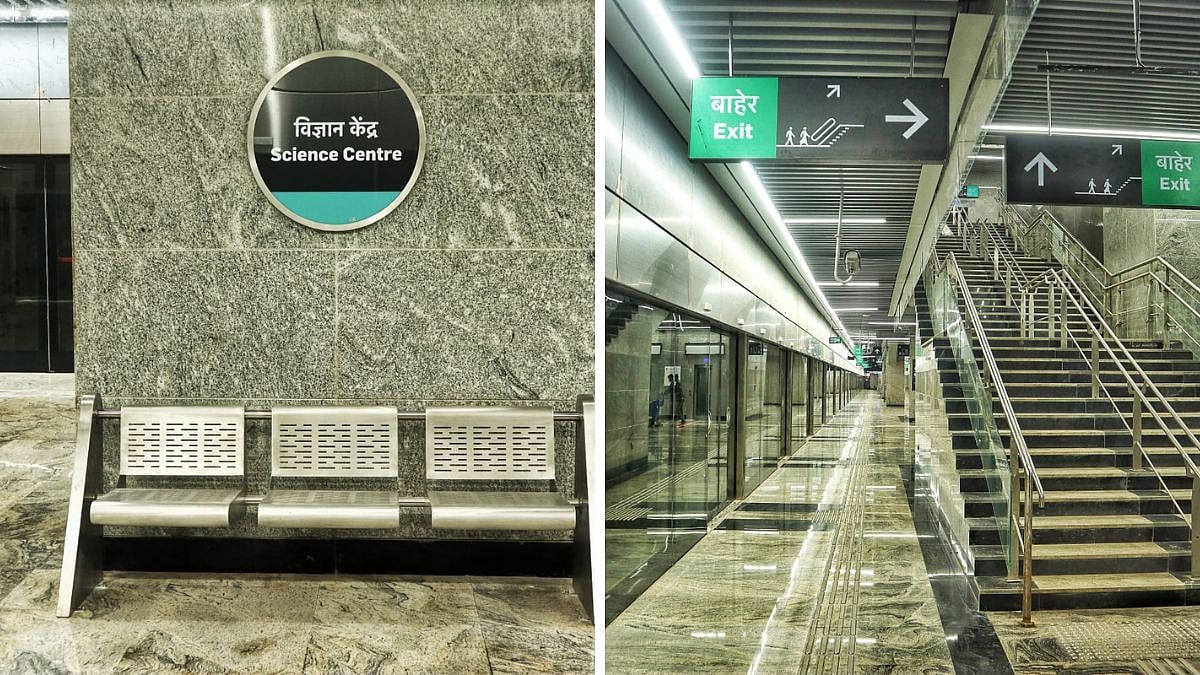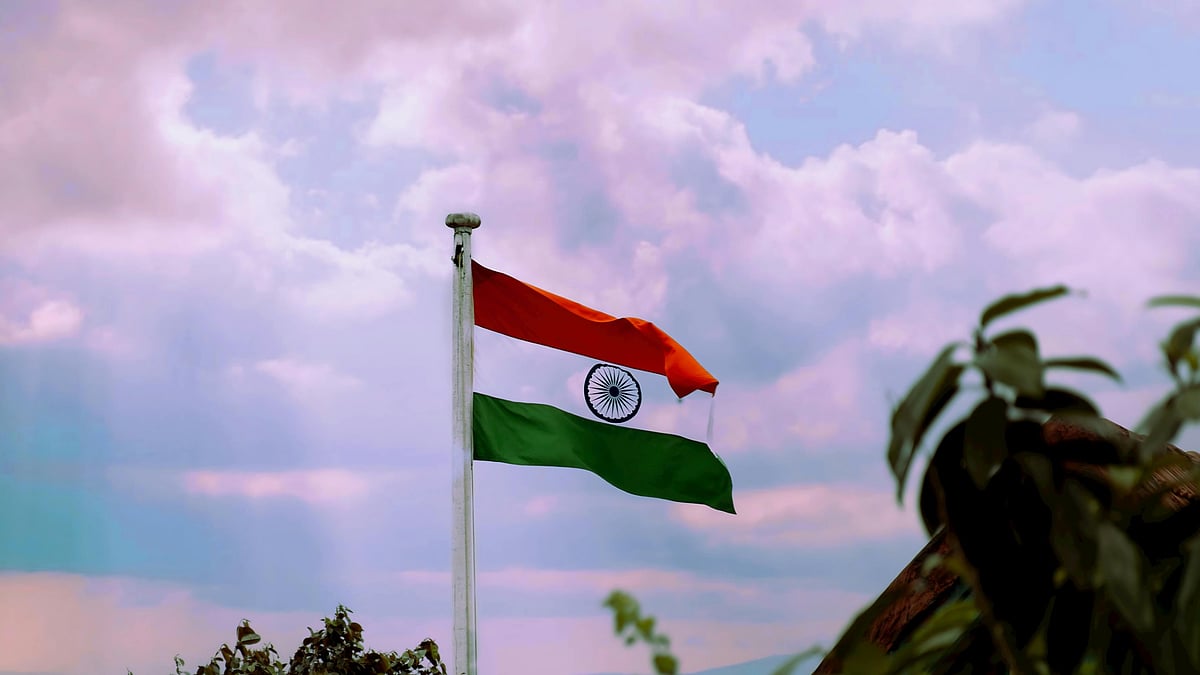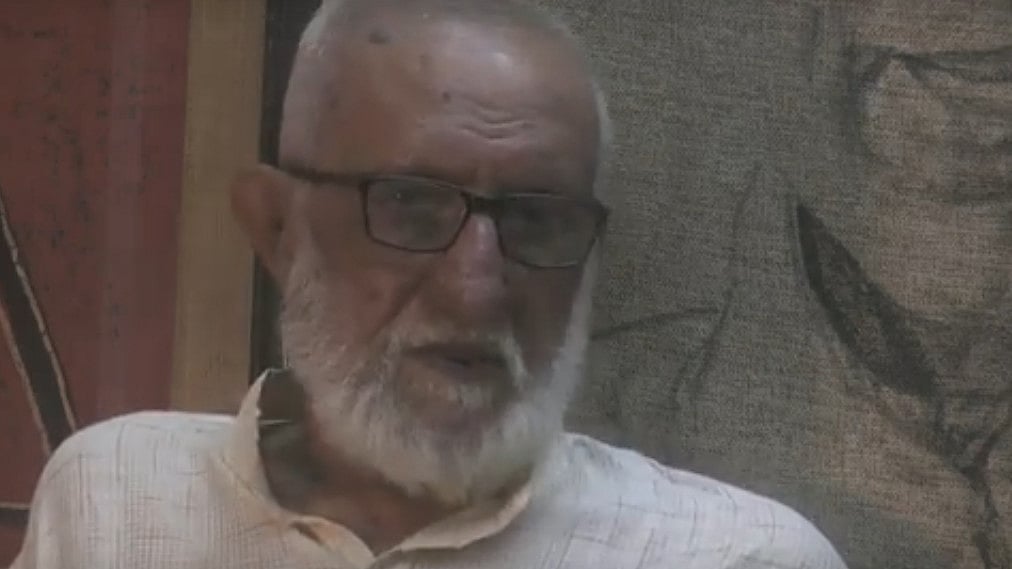At first glance, there is nothing in common between the two recent news items —an inquiry committee’s finding that the lynching this April of two Hindu priests in Palghar, some 100 km north of Mumbai, was not a planned affair but a spontaneous incident fuelled by rumours of child-lifting and, that Surat cop Sunita Yadav (of the viral video fame) was not backed by senior officers despite her standing up to the state health minister’s son caught violating the COVID curfew.
On closer examination, the underlying factor is the inability of the authorities to come to grips with the challenges thrown up by social media.
The Palghar police ignored WhatsApp rumours that men masquerading as Hindu monks were going around kidnapping children during the countrywide lockdown. They had simply not learnt from the lynchings across the country because of fake news about child-lifters, roving bandits, cow killers, organ harvesting gangs, etc.
In the second incident, Gujarat’s IPS officers cut a sorry figure by opting not to react to social media even if the viral video had turned their own constable into an overnight celebrity.
Public health authorities in Mumbai showed the same ostrich-like mentality during the ongoing pandemic when faced with viral videos showing uncomfortable truths such as overcrowding, lack of cleanliness, shortage of staff and piling up of corpses.
Likewise, authorities monitoring the lockdown in Mumbai were unable to gauge the restlessness of migrant labour until they stormed Bandra Railway Terminus expecting trains home based on a half-baked TV news report. In the first place, they failed to spot the dodgy report on a sensitive topic. The same story played out at the national level when the migrant exodus was a trickle.
It may come as a surprise to the Twitter generation that once it was the ‘Letters to the editor’ that alerted authorities to issues left unaddressed. Anyone from scholars to activists to the common man could get his facts/argument, narrative/demand or complaint/compliment in print. An assistant editor sifted through hundreds of letters a day, of which a maximum of seven made it to the prestigious editorial page, some in as many as 500 words. It used to be said that a hundred words in a reputed newspaper were more effective than a thousand-strong protest rally, much like a Tweet today.
In the dumbing down process, the editorial page in several newspapers has been downgraded and the space for letters has shrunk. In any case, the print medium’s credibility and circulation are declining. With mainstream media shying away from playing a watchdog role and TV news channels seen as lapdogs, people are willing to believe all kinds of rumours and conspiracy theories that are rife on social media.
The authorities are in a quandary as they have no mechanism to verify the truth in an ecosystem where fake news factories abound. Even if they occasionally catch fake news or spot a viral video that’s genuine, officials don’t know how to react to it in the absence of a laid-down policy. Most sit tight unless pushed.
The inability of the authorities to counter fake or even genuine news on social media in a systematic manner works against them as people then tend to disbelieve every official version.
It is not as if social media is full of negatives. Viral videos rather than mainstream media reports have forced change during the pandemic; patients posting photos of COVID corpses lying in corridors, exposing black-marketing in vital drugs, overbilling by private hospitals, interns revealing the dire shortage of doctors in public hospitals, netizens recording police high-handedness, the posts showing hordes flouting social distancing norms the moment lockdown was eased.
The reaction, or rather lack of it, of the public health system to the viral videos is a case study. With most print and TV journalists eating out of their hands, medical mandarins were able to hide the shortcomings of the system. When the viral videos shook the system, no one knew how to rebut them. This undid even the good work done by public hospitals.
They should have rebutted such damaging viral videos by sincerely admitting to the shortcomings of the system, outlining their limitations, stating the corrective action taken and highlighting their genuine success stories. There is no shame in conceding that you are overwhelmed but have not given up the fight.
To their credit the cops were able to use the social media to their advantage although in a limited way; the message in a song, delivering birthday cakes, distributing food, donating plasma…
However, this is no substitute for a proper policy. In the digital era where your image depends on the digital image, every wing of the government must have its own cyber cell to monitor news pertaining to it. The cops do have a cybercrime cell but it is more of a joke: letting those spreading hate messages go but arresting those who have ‘liked’ a message deemed derogatory just because some jingoists have taken offence at it.
Not only must these cyber cells spot fake news, half-truths or absolute truths early but they must also formulate an immediate and effective response that will quell any misgivings, conspiracy theories and consequent panic. The ‘Letters to the editors’ column must have a digital avatar.
The writer is an independent journalist based in Mumbai.










